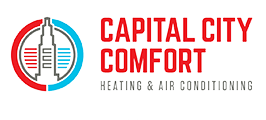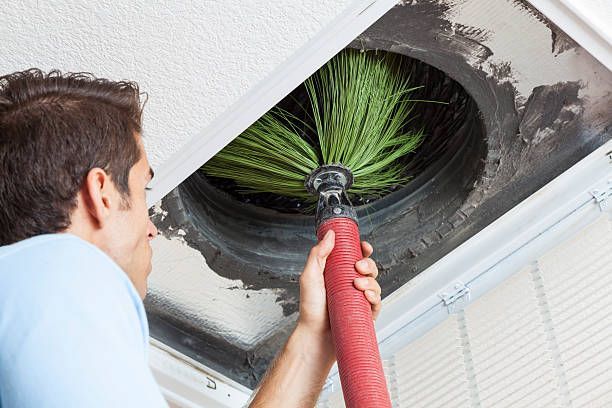Serving Baton Rouge, LA
and Surrounding Areas
In HVAC systems and many other heating applications, the heat exchanger plays a vital role. It ensures that homes and businesses stay warm efficiently while keeping harmful gases safely contained. But what exactly is a heat exchanger, and what risks arise when it fails? Let’s dive into the details.
What is a Heat Exchanger?
A heat exchanger is a critical component in furnaces and HVAC systems, designed to transfer heat from one medium to another without mixing the two. In residential and commercial furnaces, the heat exchanger typically transfers heat from the combustion process (burning fuel) to the air that is circulated throughout the building.
Here’s how it works:
- The furnace burns fuel (natural gas, propane, or oil) to generate heat.
- This heat is transferred to the metal walls of the heat exchanger.
- A fan blows air over the heat exchanger, warming the air without it coming into contact with the combustion gases.
This separation is crucial for safety because combustion gases like carbon monoxide (CO) are harmful to human health.
What Happens When a Heat Exchanger Fails?
Over time, heat exchangers can develop cracks or holes due to wear, corrosion, or overheating. When this happens, the dangers are significant:
1. Carbon Monoxide Leaks
One of the most severe risks of a failing heat exchanger is the leakage of carbon monoxide (CO) into the living or working space. Carbon monoxide is a colorless, odorless gas that can be deadly in high concentrations. Symptoms of CO poisoning include:
- Headaches
- Dizziness
- Nausea
- Confusion
Prolonged exposure or high levels can lead to unconsciousness or death.
2. Reduced Efficiency
A damaged heat exchanger cannot transfer heat effectively, leading to reduced efficiency in the heating system. This inefficiency results in higher energy bills and uneven heating in the building.
3. Increased Risk of Fire
Cracks or damage in the heat exchanger can allow flames or high heat to escape into areas of the furnace not designed to withstand such conditions. This increases the risk of a furnace fire.
4. Increased Strain on the System
Operating a system with a failing heat exchanger places additional strain on other components, potentially leading to further damage and the need for costly repairs or replacement.
Warning Signs of a Failing Heat Exchanger
It’s essential to recognize the signs of a failing heat exchanger early to mitigate risks:
- Soot buildup on or near the furnace.
- Unusual smells, particularly a strong or acrid odor.
- Visible cracks or corrosion on the heat exchanger (detected during professional inspection).
- Yellow or flickering burner flames instead of steady blue flames.
- Frequent tripping of carbon monoxide detectors.
How to Prevent Heat Exchanger Failures
Regular maintenance and inspections are the best ways to ensure your heat exchanger remains in good condition. Here’s how:
- Schedule annual HVAC maintenance with a licensed technician.
- Replace furnace filters regularly to ensure proper airflow.
- Avoid overheating the system by not setting the thermostat too high for extended periods.
- Install and maintain carbon monoxide detectors throughout your home or business.
What to Do If You Suspect a Heat Exchanger Failure
If you notice any warning signs or suspect your heat exchanger may be failing:
- Turn off your furnace immediately.
- Ventilate the area by opening windows and doors.
- Contact an HVAC professional to inspect and repair or replace the heat exchanger.
- Evacuate the building if carbon monoxide poisoning is suspected and seek medical attention if necessary.
Final Thoughts
A heat exchanger is a vital safety component in your furnace, ensuring efficient heating while keeping harmful gases like carbon monoxide out of your living or working space. When a heat exchanger fails, the risks can be severe, but regular maintenance and vigilance can prevent most issues. Protect your home or business by staying informed and proactive about your HVAC system’s health.
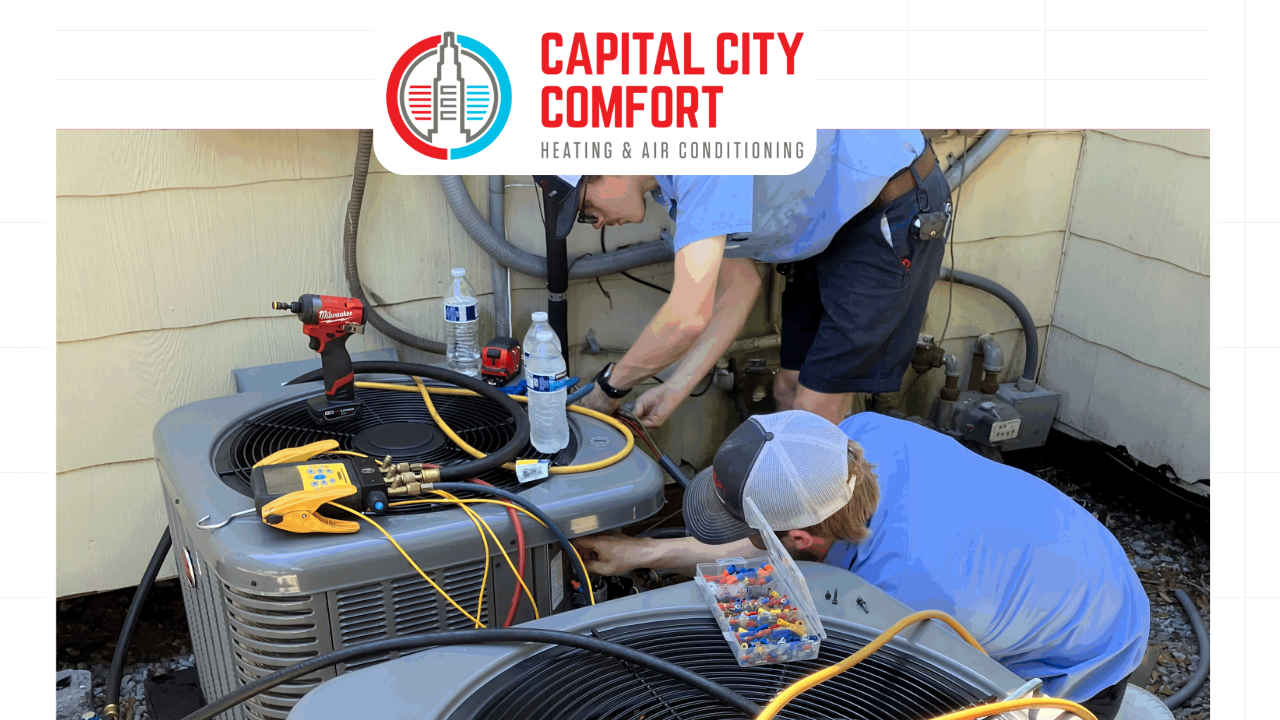


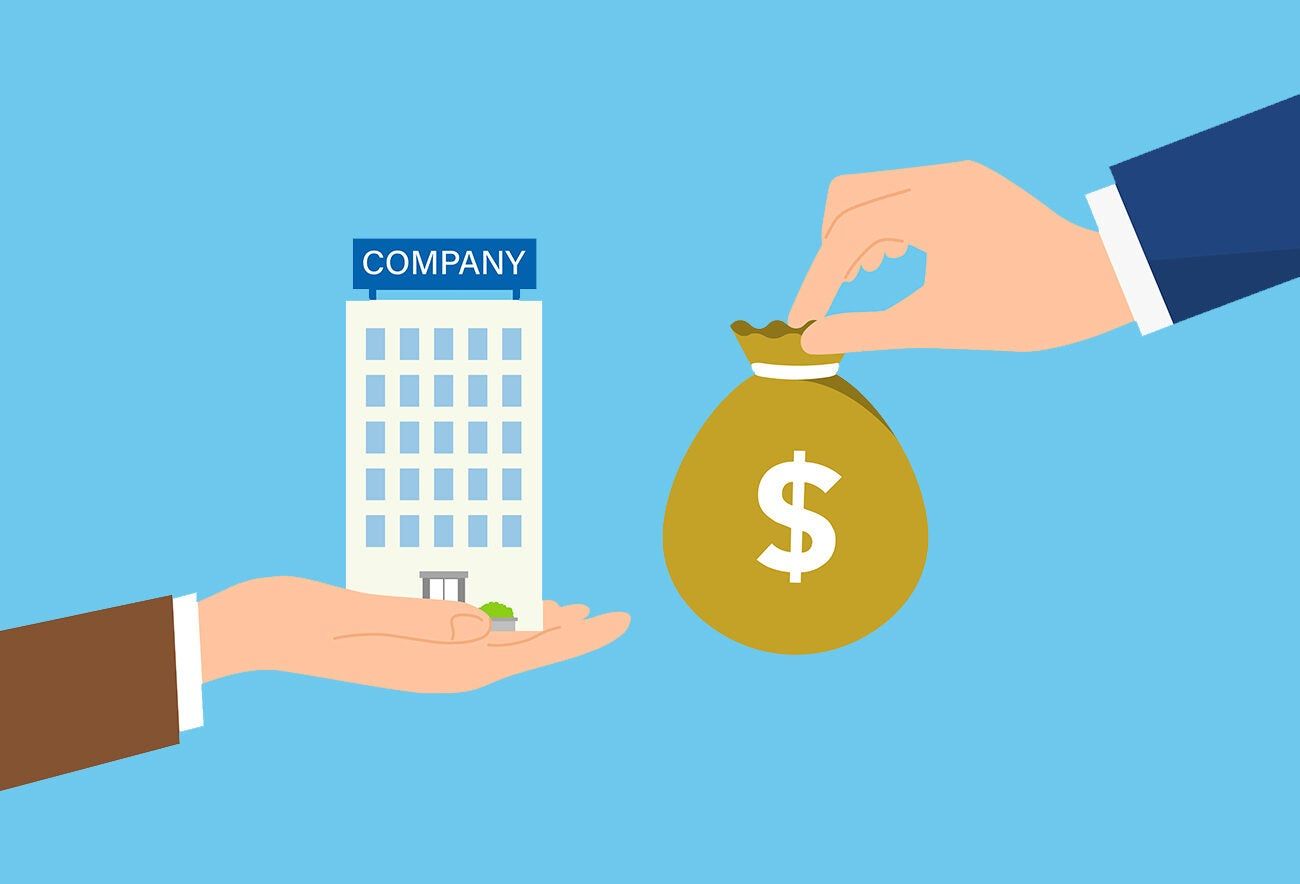
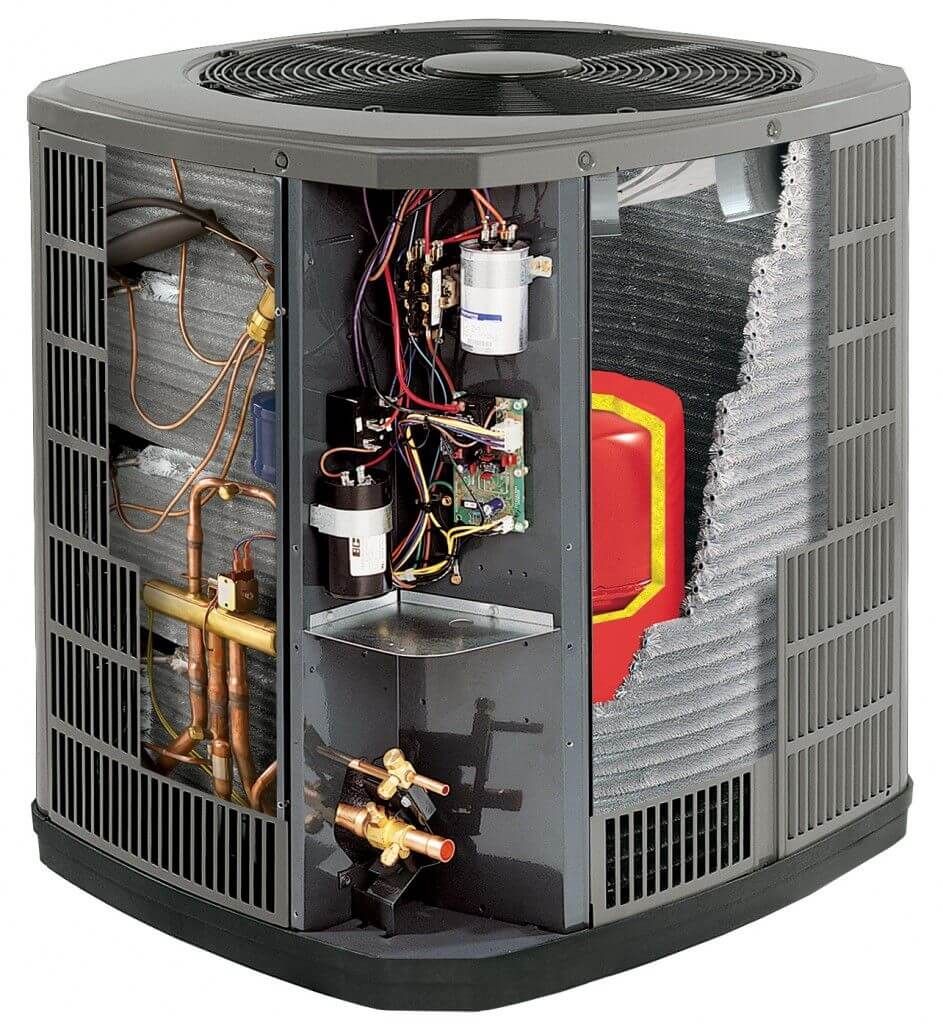
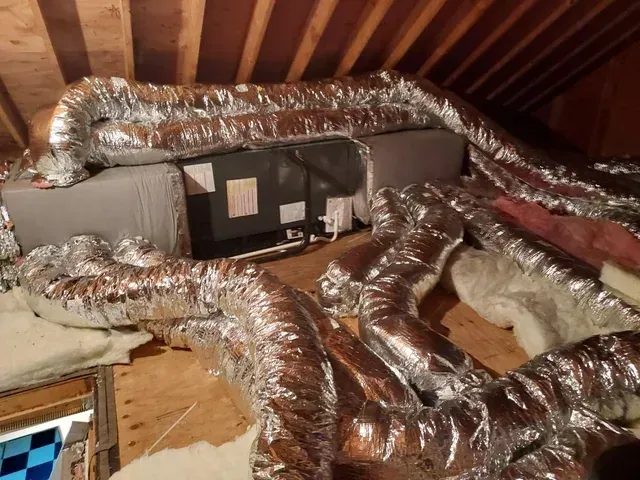
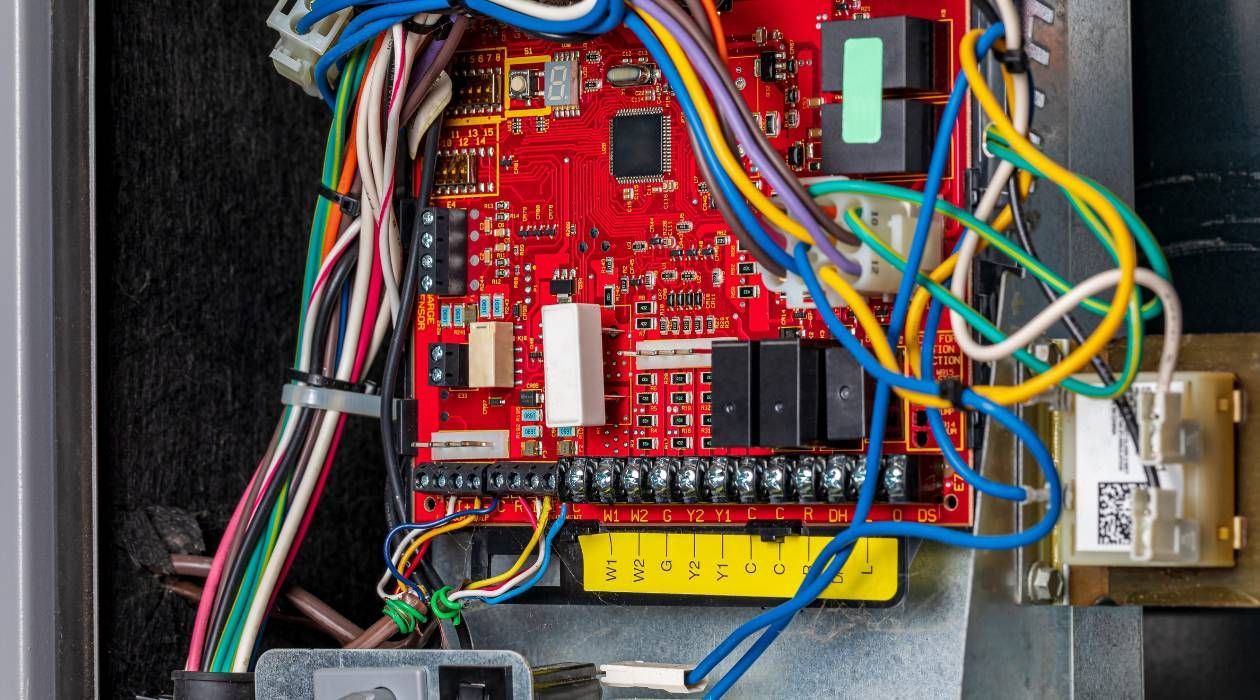
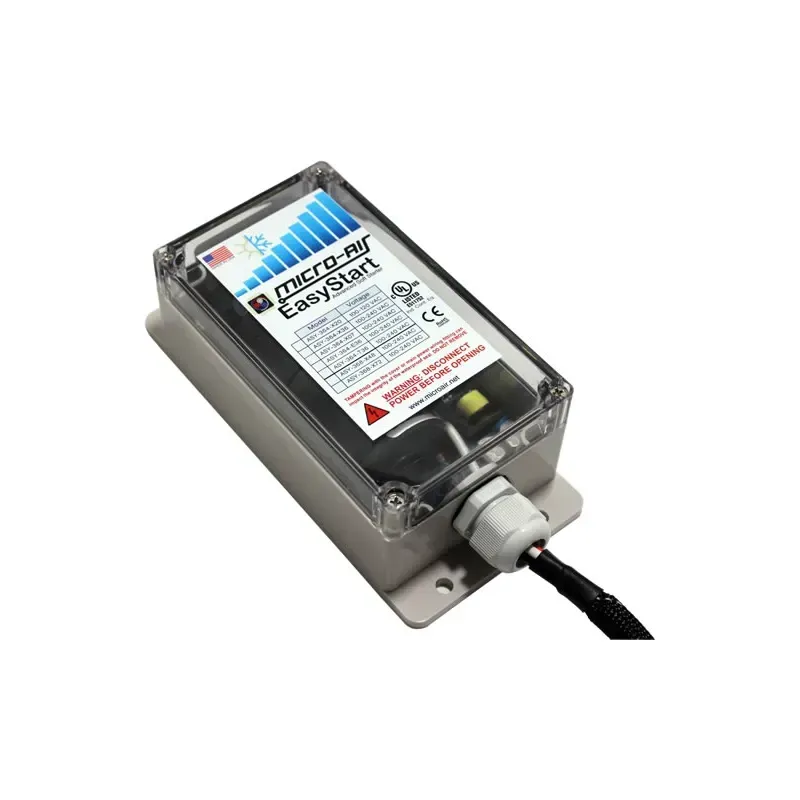
SERVING
and Surrounding Areas
HOURS
Open 24 hours
CONTACT US
- Main: (225) 354-9185
- Local: (225) 354-9185
- Alternate: (225) 354-9185
- Toll Free: (225) 354-9185
- Mobile: (225) 354-9185
- TTY: (225) 354-9185
